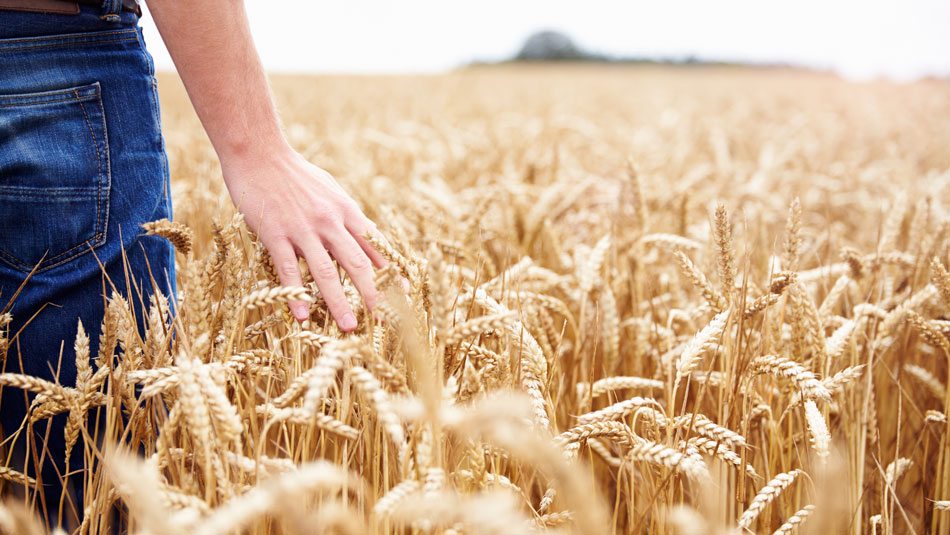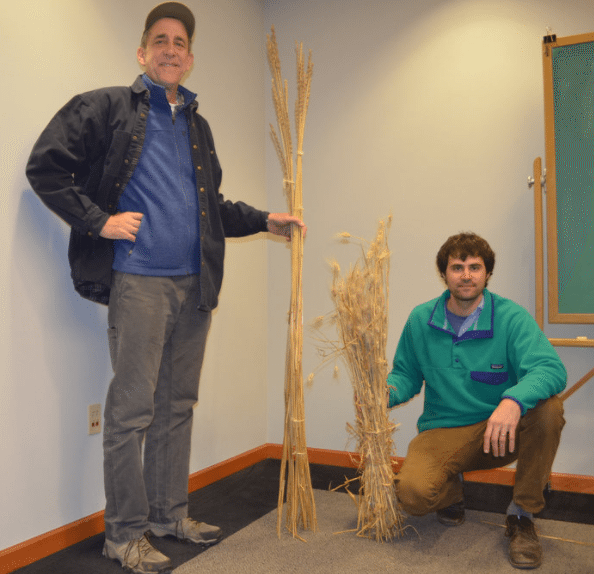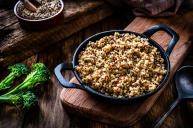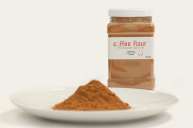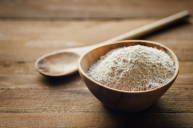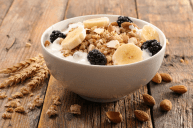Should Salish Blue ever take off, we might find ourselves eating blue pancakes. Despite the fact that this idea seems like a fairy tale come true, Salish Blue really is a blue grain, and it is in the development stage to become an environmentally sensitive replacement to wheat.
"What it has to do is it has to work well for farmers, and it has to work well in the rotations and then it has to provide some sort of economic and nutritional value to the community," Colin Curwen-McAdams, a PhD student at Washington State University, explains to NPR.
Why a New Grain?
During the Cold War, the Soviets were already claiming to have developed a wheat-like grain that could generate year after year. If you've never heard of it, it's because it didn't take off. In fact, it never existed at all. However, the mere mention of it was enough to spur the American and Canadians to research and develop a perennial grain based on wheat.
Although this was over half a century ago, in-roads are just being made into developing such a grain. The need for such a grain, however, is more pressing than ever and it is a tall order.
This is a critical consideration because right now, America's major grain is wheat, which is a crop that dies every year and must be replaced. This causes farmers to have to till the soil and replenish it with fresh seeds. Not only does this process take time, but it also erodes the soil to both make a farm less healthy as well as pollute nearby waterways with too much sentiment and too many chemicals.
This pressing need for a more environmentally sensitive cereal encouraged Curwen-McAdams and WSU professor Steven Jones to develop an alternative to conventional wheat that would grow back year after year. The result of their curiosity is a cross between wheat and its wild cousin, wheat grass. They call it Salish Blue.
The Future Grain of Baked Goods
Although this grain is still not ready for mass-scale human consumption, that hasn't stopped researchers from trying it out.
Curwen-McAdams tells NPR that he's already made bread and cookies and shortbread out of it. And pancakes.
So naturally if one of the inventors of this new superfood has given it the stamp of approval for use as a pancake mix, then we say let the good times roll. And bring on those futuristic, blue flapjacks.
